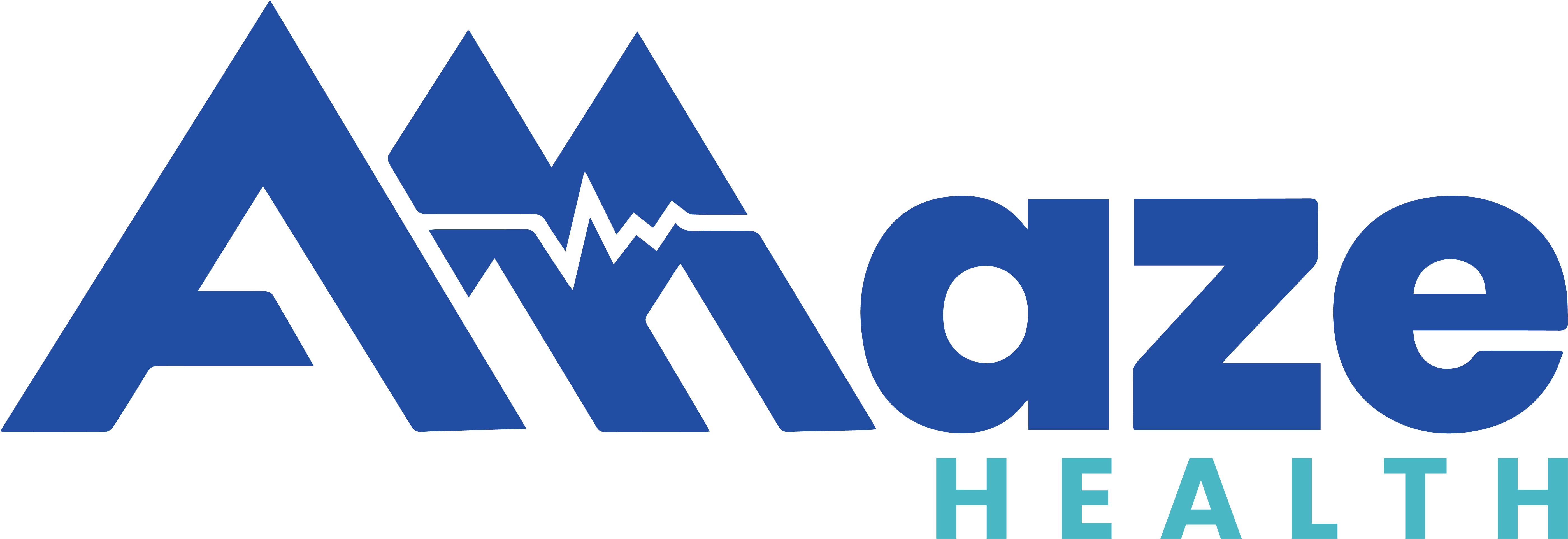Testosterone Replacement Therapy (TRT)
Risks of TRT
While TRT can be an effective treatment for low testosterone levels, it is not without risks. TRT can increase the risk of certain health problems, such as prostate cancer, heart disease, and blood clots. TRT can also cause side effects, such as acne, breast enlargement, and sleep apnea.
Monitoring
Men who undergo TRT should be monitored regularly by a healthcare provider to ensure that testosterone levels remain in a healthy range and to monitor for any potential side effects or complications.
Treatment Duration
The duration of TRT may vary depending on the individual and the severity of their low testosterone levels. In some cases, TRT may be a lifelong treatment, while in others it may only be needed for a short period.
Types of Testosterone Replacement Therapy (TRT)
Intramuscular injections: Testosterone can be administered through intramuscular injections, which are usually given every two to four weeks.
Transdermal patches: Patches can be applied daily and usually need to be replaced every 24 hours.
Gels: Testosterone gels are applied to the skin daily and are absorbed through the skin.
Buccal tablets: Buccal tablets are placed between the gums and cheek twice daily, allowing the testosterone to be absorbed directly into the bloodstream.
Possible Side Effects and Risks Associated with TRT
Cardiovascular risk: Studies have suggested that TRT may increase the risk of heart attack, stroke, and other cardiovascular problems, particularly in older men with pre-existing cardiovascular disease.
Prostate cancer: Some studies have suggested that TRT may increase the risk of prostate cancer, although more research is needed.
Sleep apnea: TRT may worsen or cause sleep apnea, a condition where breathing stops and starts during sleep.
Infertility: TRT can reduce sperm production, which can lead to infertility.
Acne and breast enlargement: TRT can cause acne and breast enlargement (gynecomastia) in some men.
Mood changes: TRT can cause mood changes, including increased aggression, irritability, and depression.
Polycythemia: TRT can increase the number of red blood cells in the bloodstream, which can increase the risk of blood clots.
Monitoring and Management of TRT
Men receiving TRT should have their testosterone levels and other blood markers monitored regularly to ensure that TRT is not causing any negative effects. Those receiving TRT should also have regular prostate exams to monitor for prostate cancer.
Men with pre-existing cardiovascular conditions may need more frequent cardiovascular monitoring while on TRT and those with sleep apnea should be monitored closely for worsening of their condition while on TRT.
In conclusion, there are several different types of testosterone replacement therapy available, including injections, patches, gels, and buccal tablets. TRT is not without risks, and men receiving TRT should be monitored regularly for potential side effects, including cardiovascular risk, prostate cancer, sleep apnea, infertility, acne, mood changes, and polycythemia.
Men on TRT should have their testosterone levels and other blood markers monitored regularly, as well as receive prostate exams, cardiovascular monitoring, and sleep apnea monitoring as needed.
